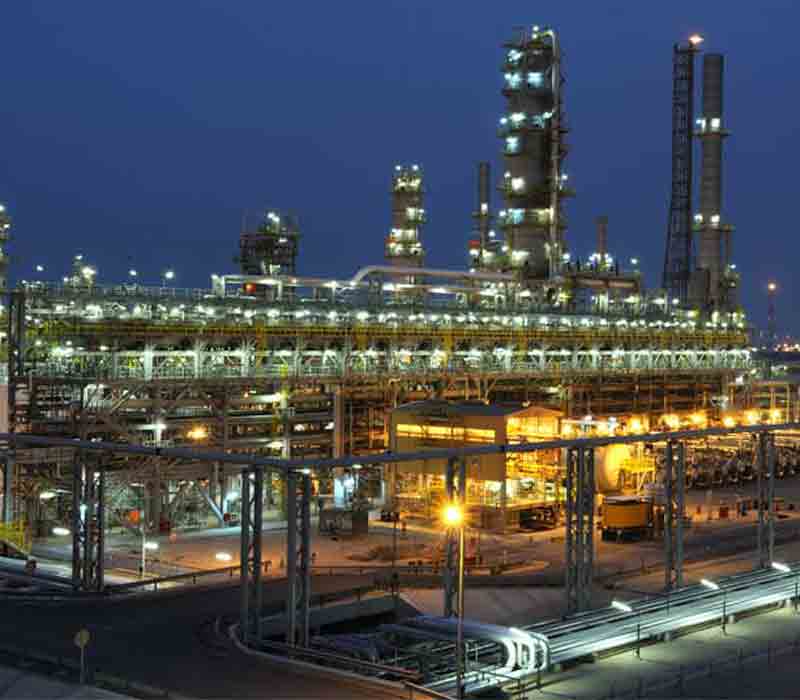
Qatar’s ‘Laffan Refinery 2’ condensate splitter project is due to come onstream in late 2016
Key downstream projects in pipeline: Opec
DOHA, December 28, 2015
The Middle East’s petroleum industry has lined up a number of significant projects in the downstream sector. Of these, Qatar’s ‘Laffan Refinery 2’ condensate splitter project is due to come onstream in late 2016, Opec’s just-released World Oil Outlook (WOO) 2015 noted.
The WOO’s oil downstream outlook said a grassroots refinery project in Jazan Industrial City, Saudi Arabia, with a capacity of 400,000 barrels per day (bpd), is moving ahead although with some slippage in the start-up date from 2016 to 2017-2018. One project that has not withstood the drop in oil prices is the $2 billion clean fuels plant at the existing 550,000 bpd Ras Tanura facility. At the beginning of 2015, Saudi Aramco postponed plans to move forward with this project. Saudi Aramco is, however, expanding its Petro Rabigh refinery/petrochemical complex and is implementing a clean fuels project at its Riyadh refinery.
The UAE also has a number of key projects under way. An expansion of the Abu Dhabi Oil Refining Company’s (Takreer) existing facility in Ruwais, UAE, became operational in early 2015. This large expansion has added 417,000 bpd of distillation capacity, more than doubling the unit’s size. A significant upgrade of the Jebel Ali condensate refinery is also set to occur, enabling the production of refined products to Euro 5 standards.
A planned 200,000 bpd grassroots refinery project in Fujairah is currently at the early engineering and design stage. Kuwait is similarly undertaking major projects. The existing capacity of the three refineries in Kuwait is 936,000 bpd. As part of the Clean Fuel Project 64,000 bpd of distillation capacity will be added. A second key component of refinery development in Kuwait is the long planned 615,000 bpd grassroots refinery at Al Zour. With financial budget approval recently granted, at a cost reported to be close to $16bn, the project should now move ahead. However, commissioning is unlikely before 2019. In contrast to most other regional projects, the main function of the Al Zour refinery is to produce low sulphur residual fuel to feed local power stations.
Oman has a major upgrading project under way at its Sohar refinery, which will increase the refinery’s throughput by 82,000 bpd. Completion is expected by 2018.
Since 2010, the Middle East has added 1.4 mbpd of refining capacity. In the period 2015-2020, capacity is projected to increase by a further 1.9mbpd. This represents a continuation of the progressive shift in the region toward exporting a mix of crude oils and products, as well as meeting growing regional domestic demand, thereby capturing increasing value added.
On the refining capacity expansion, the Opec document noted the investment trend in the refining sector is visible over the past few years. The developing countires where demand increases for refined products in developing countries, where demand is increasing for refined products, are the primary driver of investments.
In terms of the pace and scale of capacity additions, the previous two years’ reviews of existing projects indicated that in total more than 9 mbpd of new distillation capacity would be added globally in the periods 2013-18 and 2014-2019. This year a series of project deferrals has occurred as a result of the recent crude oil price drop.







